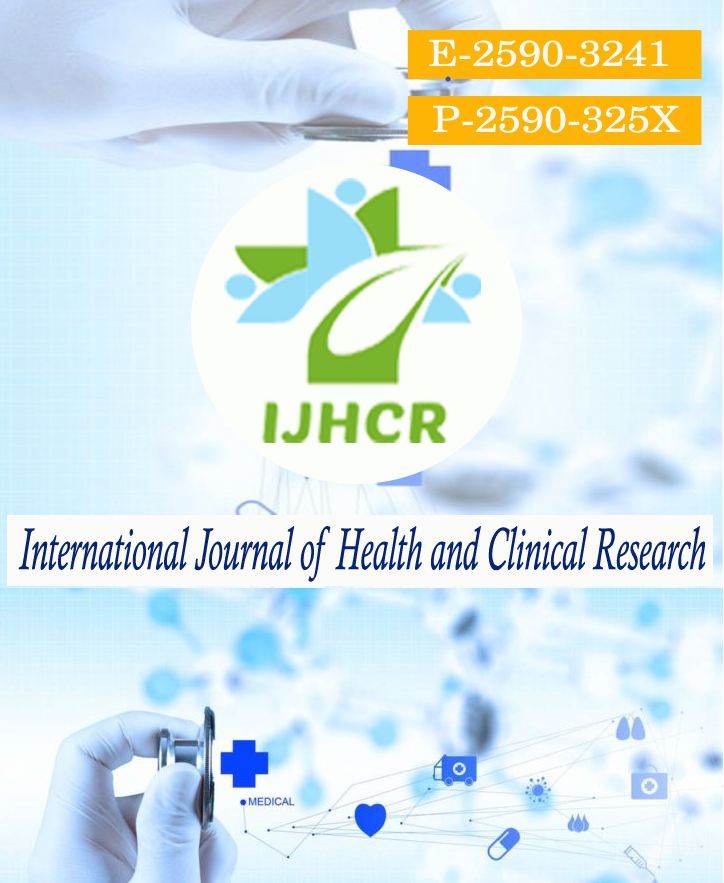Clinical Profile and Management of Parotid Tumours: An Observational Study
Keywords:
Parotid Tumours, Surgery, Warthins Tumour, Adenocystic Carcinoma.Abstract
Introduction: Parotid tumours are the most common salivary gland tumours. Due to its insidious onset as a slow growing mass, it may remain unnoticed by the patient. Surgery is the mainstay of management. Presence of facial nerve in its close vicinity makes it susceptible to injury and hence facial palsy. Aims and Objective: This study aims to enumerate the various clinical presentations, surgery and its complications along with emphasis on methods to mitigate and manage them. Materials and Methods: An observational study comprising of 35 patients presenting at Bhagat Phool Singh Government Medical College, Sonipat, above 20 years of age with newly diagnosed parotid tumours requiring parotid surgery were included in the study. Superficial parotidectomy was performed in 77.15 %, Total conservative parotidectomy in 20% cases and total parotidectomy with MRND in 2.85% cases. Special emphasis was paid to preserve facial nerve and posterior branch of greater auricular nerve. Pre - operative tumor assessment was done with the use of imaging modalities like USG, CT/ MRI to know deeper lobe, facial nerve or adjacent structures/ planes involvement. Facial nerve was identified clinically by using markers like posterior belly of digastric and tragal pointer. Other complications were avoided by measures like proper hemostatic measures, aseptic precautions, and antibiotic coverage. Results: The most common tumour encountered was Pleomorphic adenoma (57.14%) succeeded by Warthins tumour (20%). In malignant tumours, mucoepidermoid carcinoma was diagnosed in 8.57% cases and adenocystic carcinoma in 5.71% cases. Post operative complications included 14.28% with temporary facial palsy and 5.71% with permanent facial palsy, 11.42% with hypoaesthesia around ear lobule. Hematoma and Frey syndrome was seen in 2.85% patients each.Conclusion: Parotid tumours are the most common salivary gland tumours with its insidious onset and usually slow growing nature, it may remain unnoticed by the patient. Surgery is the mainstay of management. Presence of facial nerve in its close vicinity makes it susceptible to injury and hence facial palsy. However, proper clinical, pre-operative imaging assessment and histopathology of the tumor give a better idea about surgical planning and a clear knowledge of the anatomical structures. So with better surgical techniques and care, post operative complications and recurrence can be reduced to improve patient’s Quality of life.
Downloads
Published
How to Cite
Issue
Section
License
Copyright (c) 2021 Amit Kumar, Shalini Saraswat, Naveen Sharma, Ranvir Singh, Shubham Mittal, Anju Singh, Ramya Rajpurohit

This work is licensed under a Creative Commons Attribution 4.0 International License.






 All articles published in International Journal of Health and Clinical Research are licensed under a
All articles published in International Journal of Health and Clinical Research are licensed under a 